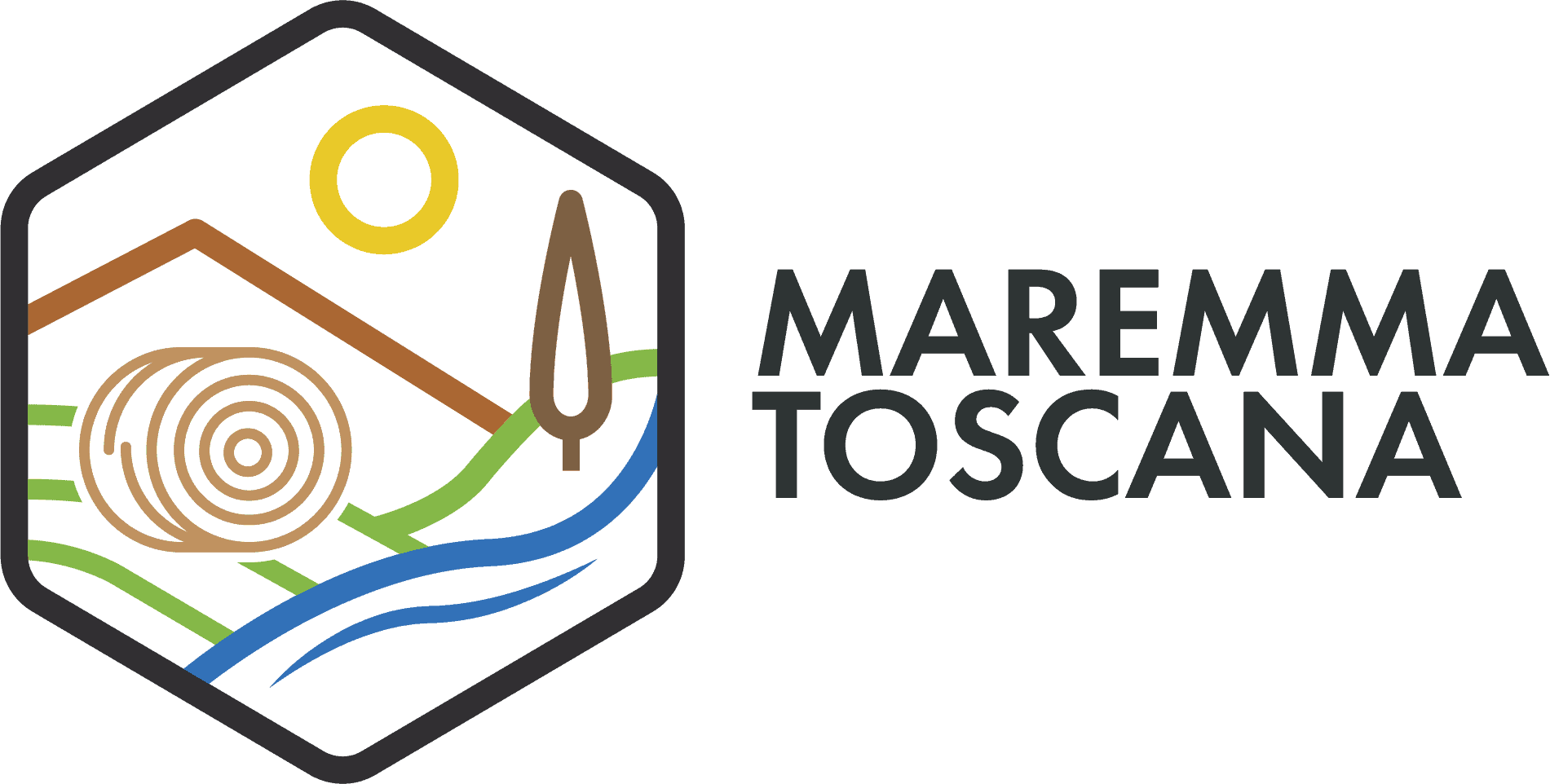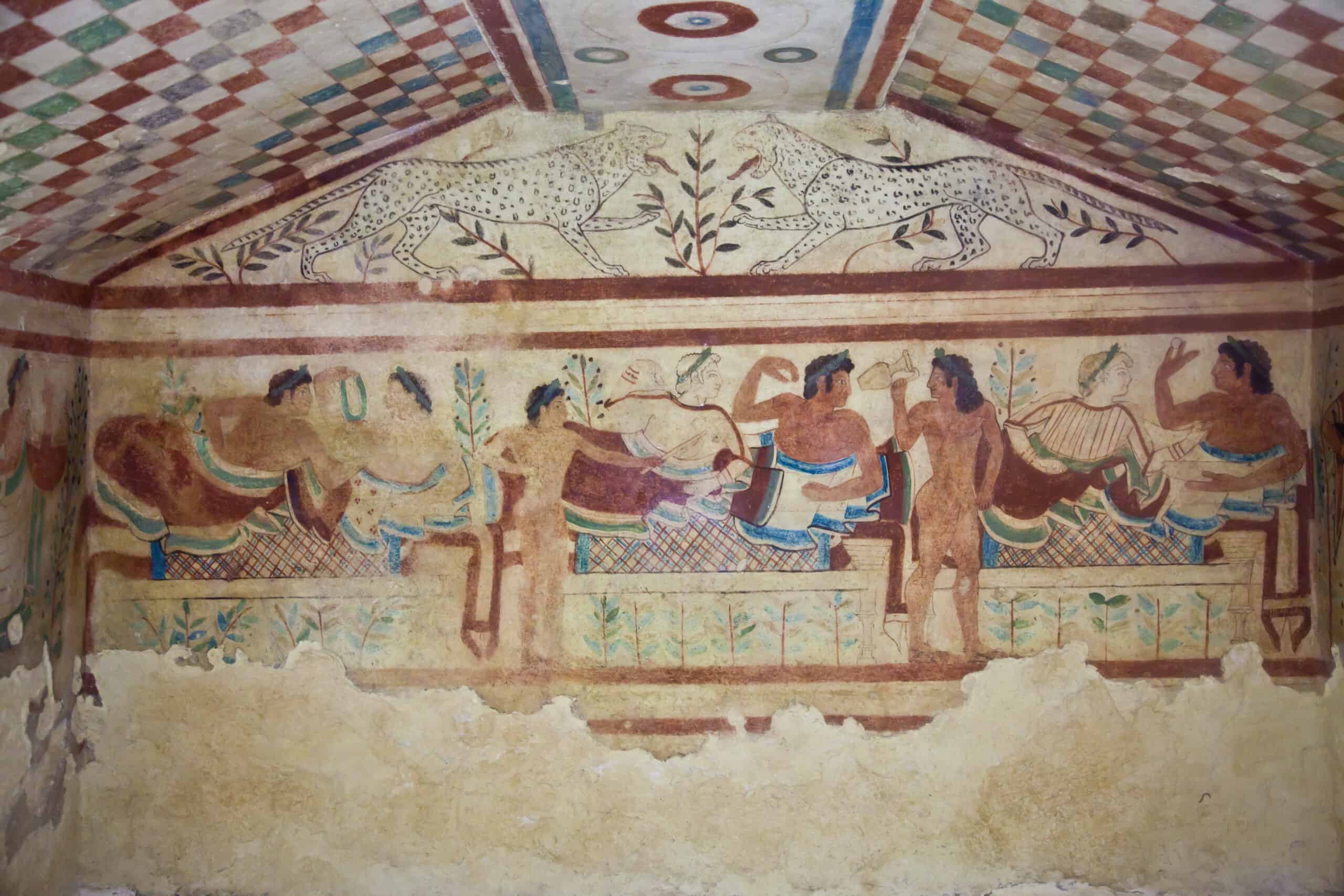The Etruscans
THE ETRUSCANS, IN MAREMMA, LEFT THREE EXTRAORDINARY CITIES, POPULONIA, ROSELLE AND VETULONIA, AND THE FASCINATING ARCHAEOLOGICAL SITES OF THE SO-CALLED TUFF AREA: PITIGLIANO, SOVANA AND SORANO.
The Maremma, for the Etruscans, was an area of great strategic value and acquired, thanks to this noble people, an economic importance for the entire Mediterranean basin. After having prevailed over the Umbrians, built several cities (almost all inland, except Populonia which was the port of arrival and transformation of Elba’s iron ore) and started it exploitation of mines, The The Etruscans were the first to try to give a hydrological arrangement to the marshes of the Maremma and to improve agricultural conditions with the first hill terraces and other forms of soil protection. But above all, the exploitation of the mineral resources of the Island of Elba and the Colline Metallifere was fundamental (tin was found in Campiglia Marittima, copper, silver, lead, zinc in the surroundings of Massa Marittima). Even today, the remains of the ancient ovens can be recognized (the area of Madonna di Fucinaia, near Campiglia Marittima, on the Etruscan Coast) and the accumulations of metal slag along the coast of the Gulf of Follonica. All around you can recognize the ancient Etruscan mines: small wells, with very narrow mouths into which the workers were lowered with ropes, and deep and narrow tunnels (30 cm wide) still polished and smoothed by the passage of bodies. The Tuscan Maremma and the Etruscans, Lords of Maremma, are an indissoluble combination, thanks above all to the characteristics of a territory that still today has much to show about this civilization.
Etruscans – The Origins
The Etruscans, skilled merchants and sophisticated ceramic and gold artisans, are remembered for their industriousness, artistic flair and ability in managing Mediterranean maritime traffic. A fascinating and mysterious civilization due to its still dubious origins, it spread across the Italian peninsula at the dawn of the Iron Age, starting from the 10th-9th century BC. The first settlements were in the Po Valley, Tuscany, Upper Lazio and Campania. Some hypotheses (discordant with each other) on their origin have already been proposed by ancient historians. According to Dionysius of Halicarnassus (or Dionysius) the Etruscans were an autochthonous people, originating from the place. Herodotus instead tells of people coming from Lydia who, due to a terrible famine, took the sea route from the lands of Asia Minor following the valiant Tyrrhenian leader “in search of a country to live in” and finally landed on the Italian peninsula. In the most famous Etruscan cities of the Maremma such as Populonia, Roselle, Vetulonia, Sorano, Sovana, Pitigliano and Ghiaccio Forte, many material testimonies have emerged which give us the image of a cultured, aristocratic and industrious civilisation, whose fame in the 6th century. B.C. “it had filled not only the lands, but also the sea along Italy, from the Alps to the Strait of Sicily”, as the historian Livy writes. However, the love for art and beauty, the dedication to trade and the inclination towards peace did not contribute to creating a strong internal cohesion, the only one capable of guaranteeing resistance against the powerful and well-organised Roman legions. The Etruscans fell under the dominion of Rome with the capture of Veii in 396 BC.
Resources on the Etruscans in Maremma
- Archaeological Park of Baratti and Populonia – Description and itineraries of the Etruscan park by Wikipedia.
- National Archaeological Museum of Florence – One of the most important Etruscan art museums in the world. It displays Etruscan (and Roman) finds from excavations throughout the Tuscany region, as well as the Maremma.
- Read also:Archeology – The first inhabitants of the Maremma, the finds, the Archaeological and Art Museum of the Maremma.


